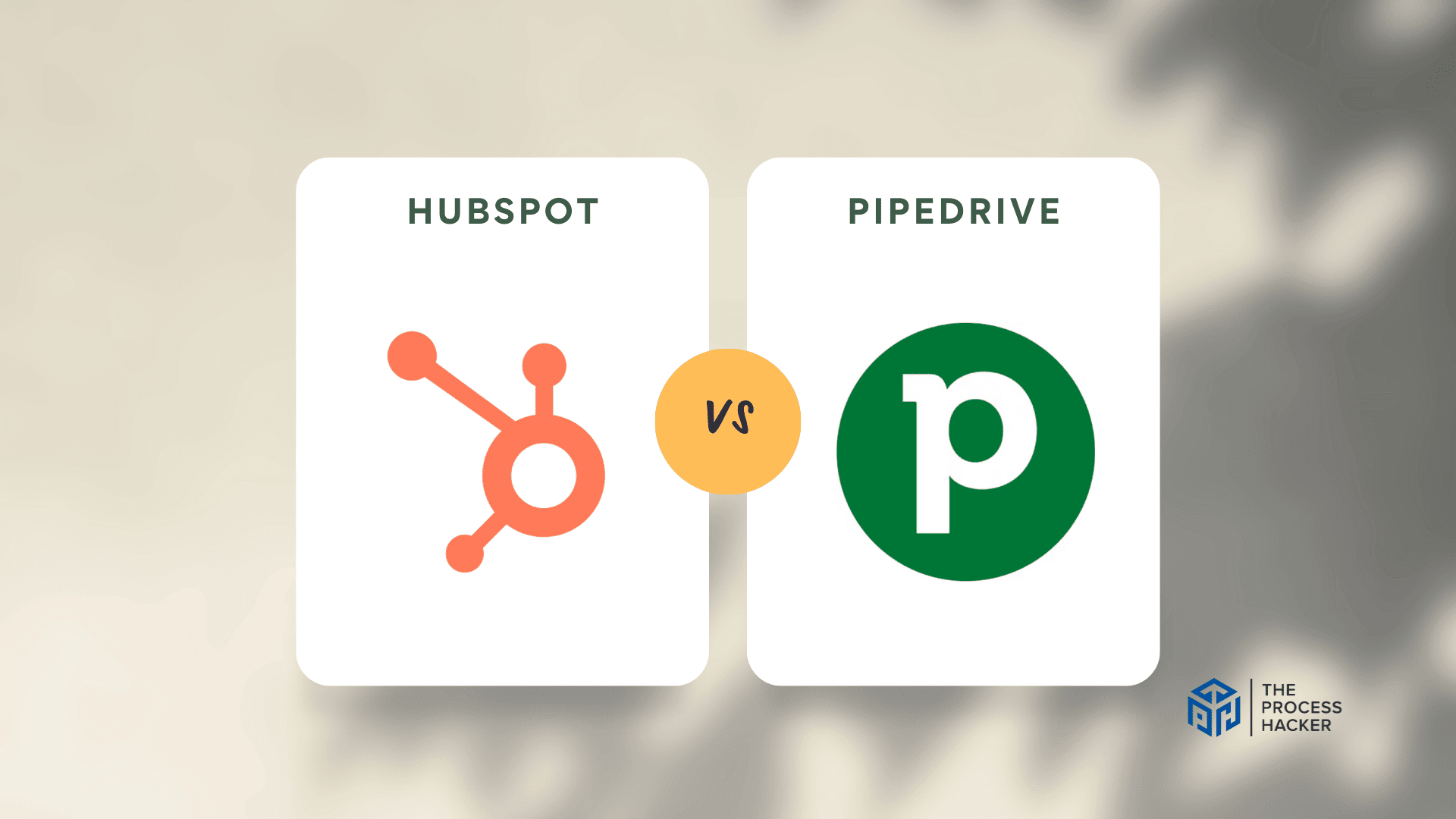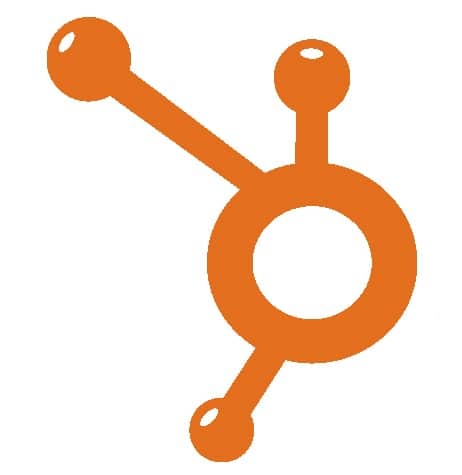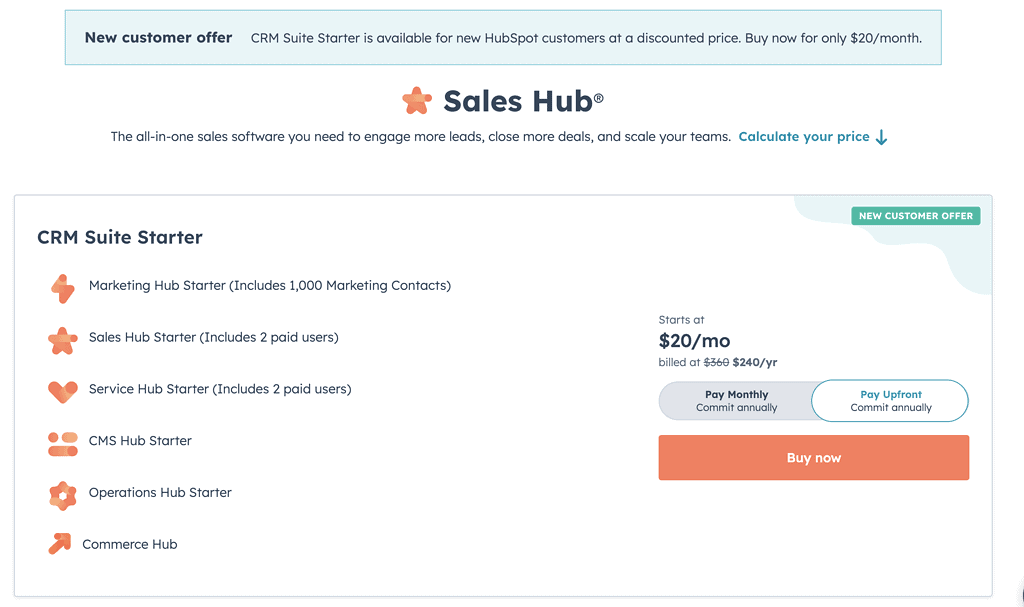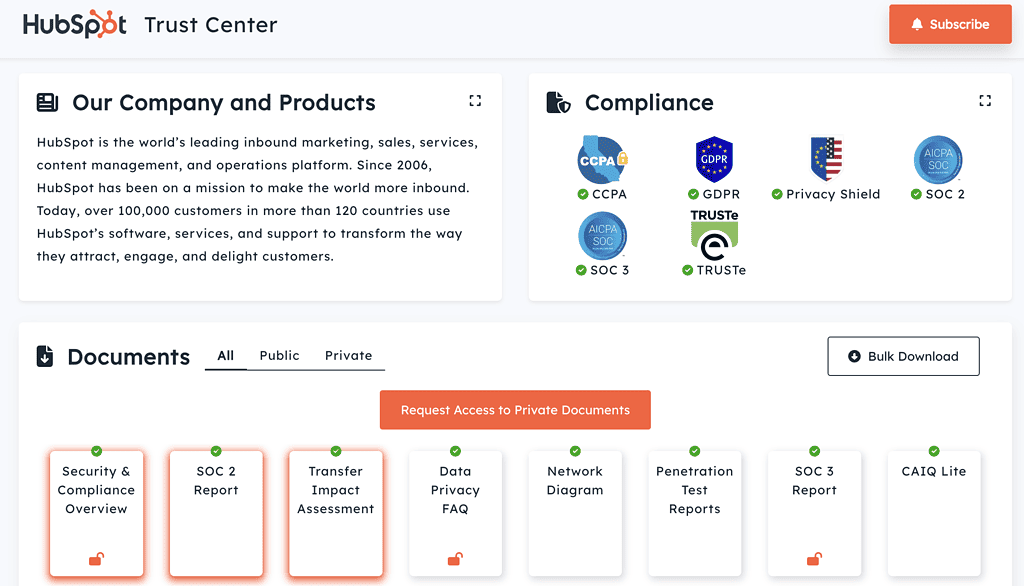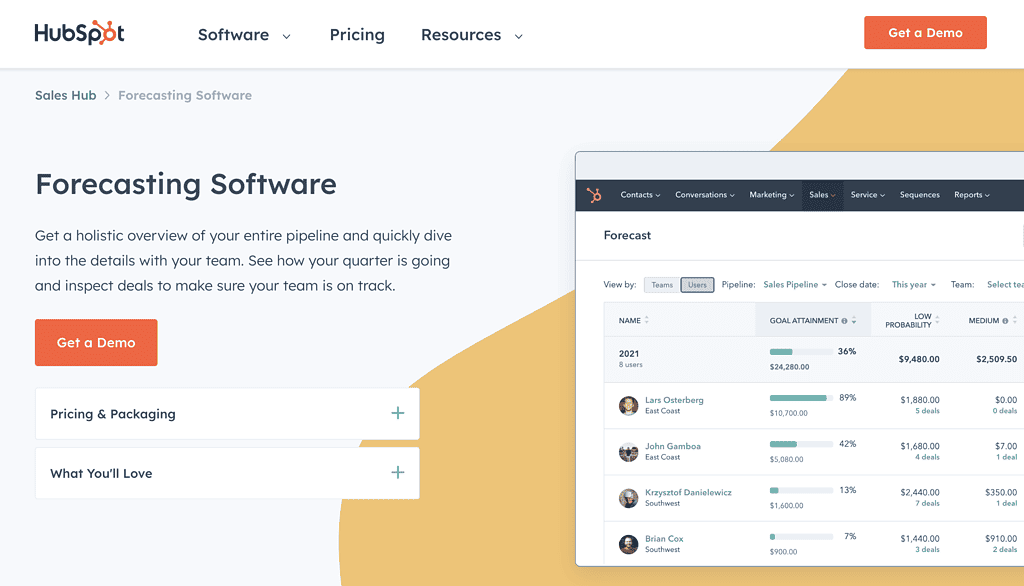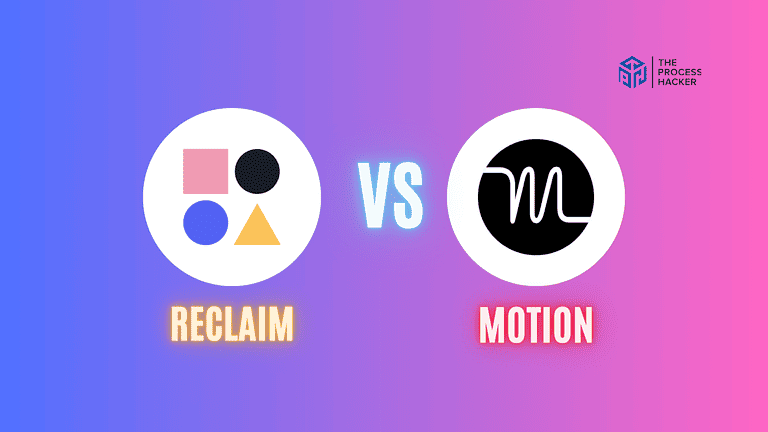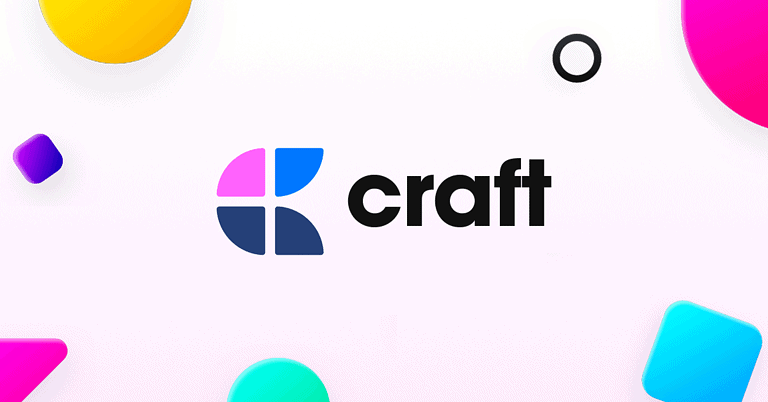Pipedrive vs HubSpot CRM: Which CRM & Sales Hub is Better?
Hey there! So, you’re stuck between Pipedrive and Monday.com for managing leads and your customer relationships. Well, you have come to the right place!
Choosing between customer relationship management (CRM) software tools can be overwhelming!
If you purchase through our partner links, we get paid for the referral at no additional cost to you! For more information, visit my disclosure page.
With all the features and pricing options, finding the best fit for your team’s needs can take time and effort.
And I totally get that you don’t have the money or time to invest in a CRM that does not work for you and your business. No need to worry — I’ll make this decision much easier!
In this article, I’ll compare Pipedrive and HubSpot head-to-head so you can decide which sales management tool is right for you.
You’ll learn about their fundamental differences, how their features match up, and ultimately, which is the better choice. So, let’s get started!
Brief Overview: Pipedrive vs HubSpot
First, I’ll give you a quick overview of Pipedrive and HubSpot:
Pipedrive
Pipedrive is a user-friendly CRM platform designed primarily for sales teams. It prioritizes deal management, visual sales pipelines, and activities that help you drive sales processes forward.
Key Selling Points:
- Visual sales hub, unlimited contacts, and pipeline management.
- Customizable and flexible to fit sales workflows.
- Action-based selling focuses on reducing missed opportunities.
- Advanced analytics and reporting.
- Seamless integration with many other software and tools.
- A mobile app is available to help you make sales on the go.
- Smart docs allow you to pass around sharable templates and docs.
HubSpot
HubSpot offers an all-in-one customer management, branding, marketing, and sales hub. With its extensive suite of tools, HubSpot assists you in attracting visitors, lead management, and delighting customers.
Key Selling Points:
- Comprehensive all-in-one software including CRM, content management system, marketing, sales, and customer service tools.
- Powerful marketing, sales hub, and workflow automation features.
- Detailed analytics, predictive lead scoring, and reporting across all tools.
- Extensive library of integrations with other software.
- Educational resources and academies for users.
- Free CRM version available with premium upgrades.
Quick Verdict: Pipedrive vs HubSpot
When choosing a CRM platform, you should choose the tool that best fits the size and scale of your business. For a larger business, HubSpot is the gold standard for CRMs and many other sales features. However, for small to medium-sized businesses, Pipedrive is the better choice and a great HubSpot alternative due to its simplicity and sales focus.
Pipedrive is a budget-friendly choice for startups and small businesses with a heavy outbound sales focus. It’s designed to streamline your sales pipelines with an outbound sales approach, making tracking potential deals and customer interactions easier.
Its key advantages include affordability, ease of use, and a strong focus on sales-related functions. If you’re a small business on a tight budget looking to boost your sales game, Pipedrive is your go-to CRM.
HubSpot is an all-inclusive platform for big businesses needing more than just CRM. It offers an extensive marketing, sales, and service software suite and robust CRM functions. While it comes at a higher price point, its comprehensive features justify the cost.
If you’re a larger business or a rapidly growing startup seeking an all-encompassing tool for all your business growth needs, HubSpot is the ideal choice.
Product Overview: Pipedrive vs HubSpot
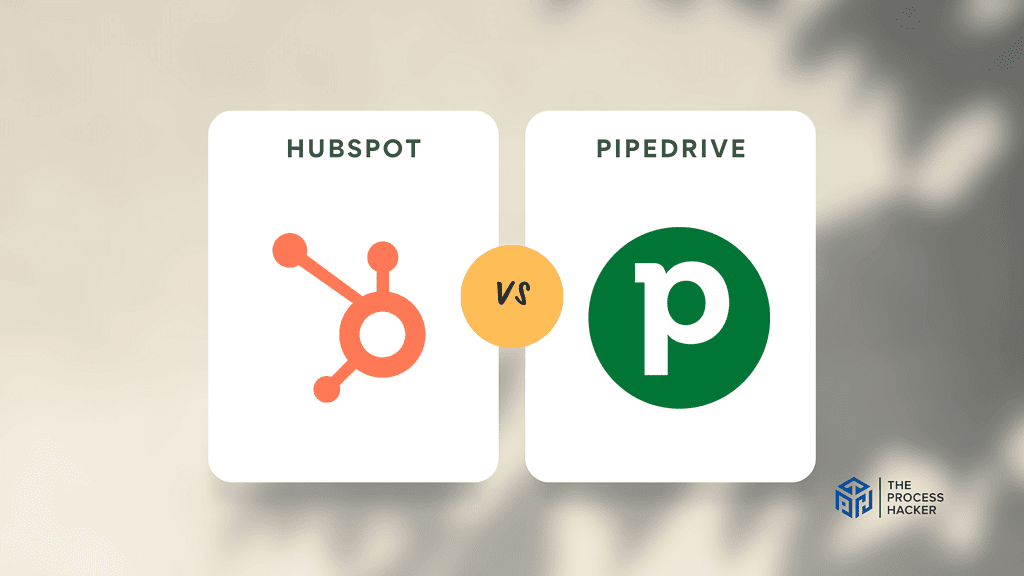
What is it?
Pipedrive is a CRM platform laser-focused on the sales process, offering tools to help businesses visualize their sales pipeline, manage deals, and track communications with prospects and clients.
HubSpot is a comprehensive inbound marketing, sales, and service hub that provides tools to support businesses in every stage of the customer lifecycle, from attracting visitors to delighting loyal customers.
Who is it for?
Pipedrive is tailor-made for sales teams and professionals who need a streamlined, straightforward platform that zeroes in on deal management and the progression of sales opportunities.
HubSpot caters to businesses of all sizes seeking an all-in-one solution encompassing CRM, marketing automation, AI sales tools, and customer service, making it a holistic choice for companies with diverse operational needs.
What makes it special?
Pipedrive sets itself apart with its uncluttered, user-centric design that offers clarity in sales management. Its visually intuitive pipelines give teams immediate insight into deal statuses, ensuring opportunities don’t slip through the cracks. Pipedrive is also dubbed one of the best client management software on the market.
HubSpot stands out because it integrates many tools under one umbrella. Its ability to weave together CRM, marketing, sales, and customer support functions ensures consistency and efficiency in business operations.
What does it do?
Pipedrive helps manage sales pipelines, visually customize deal stages, reminder activities, and advanced reporting, all designed to boost sales teams’ efficiency and success rate.
HubSpot offers a wide range of functionalities, including lead generation, lead management, email marketing features, sales automation, ticketing and feedback tools for customer service, and a robust analytics dashboard to track performance across all these domains.
Quick Comparison: Pipedrive vs HubSpot
| Features | Pipedrive | HubSpot |
|---|---|---|
| #1) Pricing | Winner | |
| #2) Free Plan | Winner | |
| #3) Ease of Use | Winner | |
| #4) Design & Functionality | Winner | |
| #5) Customization | Winner | |
| #6) Collaboration | Winner | |
| #7) Integrations | Winner | |
| #8) Customer Support | Winner | |
| #9) Mobile App | Winner | |
| #10) Security | Tie | Tie |
| #11) CRM & Sales Pipeline | Winner | |
| #12) Sales Forecasting | Winner | |
| Overall | Sales-Focused Solution for Small to Medium Businesses | Comprehensive Solution for Medium to Big Businesses |
Feature Comparison: Pipedrive vs HubSpot
#1) Pricing
Pipedrive has different pricing options. The Essential plan starts at $15 on monthly billing basis. This makes it affordable for startups and small businesses with tight budgets.
The Professional Plan is the most popular and caters to the needs of growing businesses. For a custom solution, you can contact support on the Enterprise Plan.
HubSpot’s pricing is more premium. The starting price for HubSpot Sales Hub is $20 per month for 2 paid users. If you want a CRM suite that includes unlimited access and contacts, the cost can greatly increase.
The Professional and Enterprise Plans have higher prices. They are for big businesses or fast-growing startups that need a complete tool for business growth.
Pipedrive is the best choice for pricing because it is affordable and has flexible plans. HubSpot Sales Hub and CRM offer extensive features that may justify the higher cost for larger businesses.
Verdict: Pipedrive is the better option for pricing due to its affordability and range of plans to suit different business needs.
#2) Free Plan
Pipedrive does not offer a free plan but a 14-day free tools trial to test their services. Before committing, this trial allows you to explore the CRM’s features and check if it aligns with your business automation needs.
HubSpot offers a free CRM with basic features like contact management, email scheduling, and live chat. Businesses can manage customer relationships without investing any money.
Comparing the two, HubSpot clearly takes the lead in this category. Try Pipedrive’s free trial to test the app, or use HubSpot’s free CRM to manage customer relationships at no cost. It’s a great option for budget-conscious or new businesses.
Verdict: HubSpot is the winner for the free plan due to having a solid free CRM available.
#3) Ease of Use
Pipedrive stands out with its user-friendly interface designed for a sales-centric environment. Because of its sleek design and drag-and-drop capabilities, you can easily navigate, manage pipelines, and set tasks.
HubSpot has many features but still focuses on making the sales hub user-friendly. But, the wide variety of tools and functions can be overwhelming, and using its full potential may need extra training.
Comparing the two, Pipedrive wins out with its undemanding and direct approach to sales management. HubSpot tries hard, but its many features can sometimes overwhelm you.
Verdict: For ease of use, Pipedrive takes the lead over HubSpot.
#4) Design & Functionality
Pipedrive is designed for teams that focus on selling, making it an essential tool. The design focuses on user experience. It’s easy to nurture leads, manage deals, contacts, and oversee projects and activities. Pipedrive’s recent redesign makes it easier to add new tools and features and grow.
HubSpot is known for its all-in-one platform that combines marketing, sales, service, and CRM. HubSpot Sales Hub has a user-friendly design and shows important business metrics. In addition, it has email marketing and SEO tools. It also has customizable email templates, landing pages, and social media automation tools for marketing.
Pipedrive stands out because it focuses on sales and has an easy-to-use design. Pipedrive is better than HubSpot if you want a simple sales process and a CRM tool to grow your business.
Verdict: On design and functionality catered to sales-focused teams, Pipedrive edges out HubSpot.
#5) Customization
Pipedrive offers flexibility. It can be customized to fit any business’s needs. You can customize deal cards, pipeline stages, and activity types with the Professional and Enterprise Plans. It can also add custom fields to different categories like Lead, Deal, and Organization. Pipedrive also impresses with a user-friendly drag-and-drop editor, enhancing the interface customization process.
On the other hand, HubSpot is celebrated for its truly adaptable marketing and sales hub. This is one of the best social media automation tools you can use. You can customize it in many ways, such as managing contacts, tracking deals, creating reports, and using email templates. The HubSpot CRM and Sales Hub are great for email marketing automation and managing content. You can use them to align your marketing strategies with your target audience.
HubSpot has more customization options, especially in marketing, which gives it an advantage. If your business wants a customizable sales and marketing tool, choose HubSpot.
Verdict: For collaboration, Pipedrive takes the lead over HubSpot.
#6) Collaboration in Sales and Marketing Teams
Pipedrive focuses on improving collaboration between sales and marketing teams. The platform lets team members share dashboards, create public links, assign tasks, and connect tasks to team goals.
The Teams feature in Pipedrive helps you create tasks, collaborate, and track your team’s progress.
HubSpot Sales Hub is a big platform that helps marketing, sales, and service work together. Teams can work together when they have a shared view of customer interactions. This makes synergy between sales, marketing, and customer service branches possible. You can use team emails, live chat, and integrated meetings to create a unified workspace for teams.
Yet, when drawing a direct comparison, Pipedrive’s focus on sales-centric collaboration stands out. Many teams prefer Pipedrive’s sales tools and features over HubSpot’s complete solution because they like working closely.
Verdict: For collaboration, Pipedrive takes the lead over HubSpot.
#7) Integrations
Pipedrive has several integrations, including Google Meet, Microsoft Teams, Mailchimp, Zapier, and e-commerce integrations. Pipedrive works with customer support, lead generation, and AI marketing tools to simplify sales and marketing.
However, HubSpot offers many different third-party app integrations and service connections. HubSpot’s integrations span all its functions – marketing, sales, service, or CRM. This solution can be adapted to fit any business and is cohesive and unified.
When comparing Pipedrive and HubSpot, HubSpot is the better choice because it has a more complete integration suite. Pipedrive also has good integrations. HubSpot is the best choice for businesses that want a wide range of marketing, sales, and service options.
Verdict: On integrations, HubSpot surpasses Pipedrive, offering a more comprehensive and diverse range of options.
#8) Customer Support
Pipedrive offers helpful customer support through online resources like tutorials, webinars, and a knowledge base. It also provides fast help from the support team through chat, email, and phone support for Enterprise and Power Plans subscribers. This makes it easy for you to find solutions quickly.
HubSpot, meanwhile, goes above and beyond in its commitment to your success. The HubSpot Academy proves this with its impressive online help center. It offers educational content, comprehensive courses, and sought-after certifications. In addition, it provides a forum, knowledge base, and chat, email, and phone support.
After thinking about it, Pipedrive’s support system is good. However, HubSpot has a more comprehensive approach. The HubSpot Academy and its many resources put it at a higher level. HubSpot’s dedication to solving issues and educating its users gives it a distinct edge in this category.
Verdict: On customer support, educational resources, and certifications with its globally acclaimed HubSpot Academy, HubSpot emerges as the better choice over Pipedrive.
#9) Mobile Apps
Pipedrive has mobile apps for iOS and Android. They help your sales team stay productive while on the go. Pipedrive has real-time sales hub and pipeline views, making the mobile experience great. The nearby view and voice-to-text features help boost sales and contact management from far away.
HubSpot’s mobile app, omit, gives you a powerful and synchronized experience. Your sales team can use their hand to access their dashboard, interact with customers, track sales, and direct marketing campaigns. HubSpot’s app syncs changes across devices, ensuring real-time updates and data consistency.
Each app has its own unique features. However, users have rated HubSpot significantly higher on both iOS and Android. And I can attest to the difference in user experience.
Verdict: On mobile app experience, HubSpot edges out Pipedrive.
#10) Security
Pipedrive takes security seriously and is committed to meeting GDPR requirements. The website uses secure connections to protect information. It encrypts data and has security features for transparency. Pipedrive offers daily backups and can send email alerts for security events. The company recently renewed its ISO, SOC2, and SOC3 certificates, showing its dedication to data security.

HubSpot also provides robust security features. The software gives different permissions for each role. It keeps user information safe and encrypts data. HubSpot’s security program protects customer data and ensures their service is always accessible. Their platform undergoes regular security testing and has achieved several security certifications.
Both platforms have robust security measures in place. Pipedrive stands out with its security alert feature and renewed security certificates. But HubSpot’s permissions and security testing add another layer of protection for you.
Verdict: For security, it’s a tie between Pipedrive and HubSpot, as both provide robust and comprehensive security features.
#11) CRM & Sales Pipeline
Pipedrive’s CRM is simple. It helps you manage leads, close deals, and foster growth. This platform makes tracking customer interactions, managing data, and automating communications simple. Pipedrive helps your sales team stay organized and in control of sales activities.
HubSpot offers an all-encompassing platform. This is more than just AI CRM software. The website also includes a marketing hub, sales tools, customer service features, and a system for managing content.
HubSpot has a system to track customer interactions, score leads, manage contacts, and analyze behavior. HubSpot’s tools work together well, making it easy to manage customers.
Pipedrive wants to make it easier for businesses to manage sales and find useful CRM tools. HubSpot provides a complete sales and marketing platform. Pipedrive has user-friendly tools that assist your sales team in creating leads and making sales.
Verdict: When considering CRM systems, Pipedrive holds a distinct advantage over HubSpot when considering CRM systems due to its targeted and user-friendly approach.
#12) Sales Forecasting
Pipedrive has made strides with its forecasting capabilities. The forecast view helps predict revenue. The insights and tools simplify sales data management. Ultimately, you can use your sales and marketing data to track revenue and predict earnings.
HubSpot, meanwhile, elevates its game by integrating the sales forecasting tool directly into its CRM system. The software can give current predictions for deals, completion dates, performance data, and other information. Your team will have a sales forecasting experience that can adjust to changes and is complete and flexible.
When comparing Pipedrive and HubSpot, HubSpot is the preferred choice because it has a real-time, holistic, and integrated forecasting model. This model provides in-depth and actionable insights into your sales trajectories. Pipedrive also offers strong forecasting capabilities, but HubSpot’s model is more comprehensive.
Verdict: For sales forecasting, HubSpot outperforms Pipedrive’s comprehensive and integrated approach.
Final Thoughts on Pipedrive vs HubSpot
Both Pipedrive and HubSpot are incredible tools in the sales and CRM landscape! And so, I recommend that you choose the tool that best fits the size and scale of your business.
If you have a small to medium-sized business (SMBs) that wants a simple solution for outbound sales, Pipedrive is your best friend and a great HubSpot alternative.
Its user-centric design, laser-focused on sales performance, makes it simple, user-friendly, and efficient. Pipedrive is created to help you manage your leads, customers, and deals without overcomplicating things.
However, if you have a much larger business or run a big sales team, HubSpot shines as a corporate enterprise solution that needs to do it all! With its comprehensive suite integrating marketing, sales, customer service, and content management, it’s a powerhouse.
HubSpot is used by large companies, including TrustPilot, Yousign, Airstream, Crunch Fitness, Zendesk, and more. Thus, it’s great for large businesses, multiple sales teams and reps, and many customer interactions. From the first customer touchpoint to post-sale support, I’m sure you will find HubSpot indispensable.
To summarize my business experience and many hours of playing around with these sales software tools, my guidance over the years has been as follows:
- For SMBs prioritizing simplicity in their CRM, Pipedrive is your best bet.
- For big companies wanting a comprehensive sales and marketing solution, HubSpot is the gold standard.
They both initially have a steep learning curve, but you can easily overcome it with the vast amount of resources available on each of their websites.
Rest assured, my recommendations come from hands-on experience and a commitment to helping businesses optimize and automate their sales operations. So get started with a Pipedrive or HubSpot account today!
When you choose the CRM platform that fits best with your business needs and size, I’m sure you will achieve incredible sales growth!

